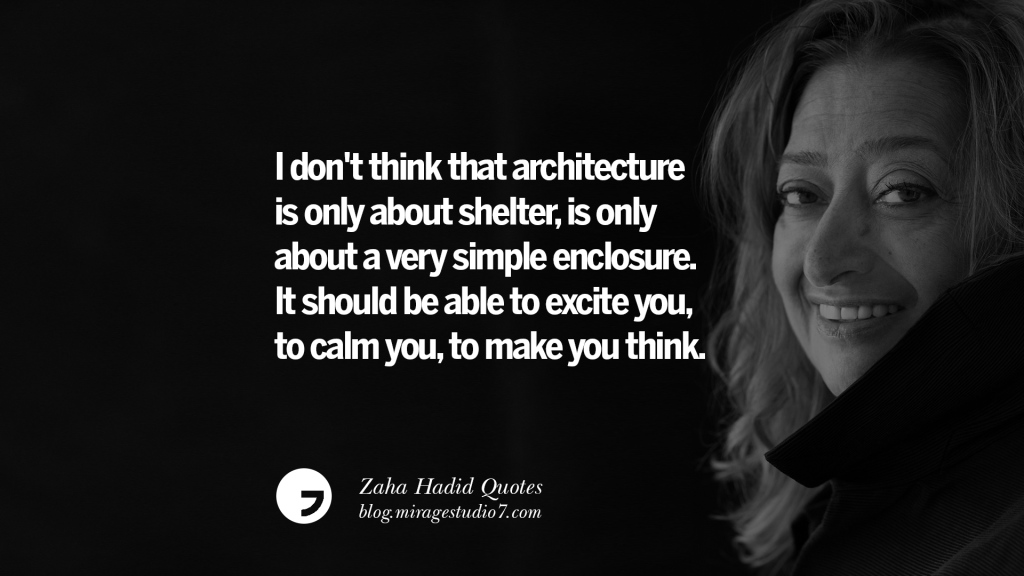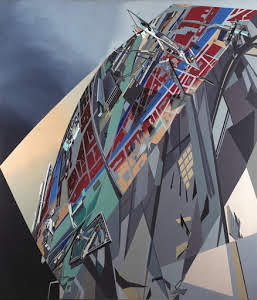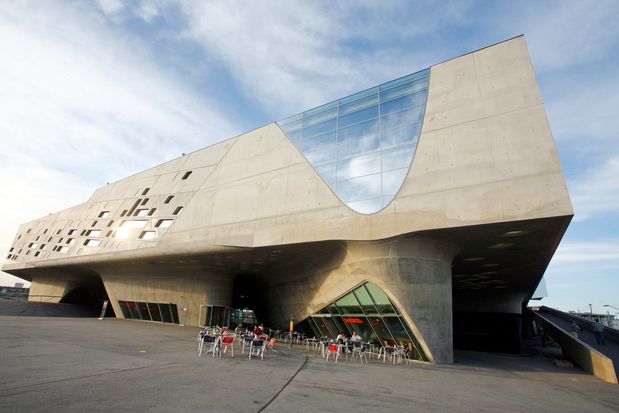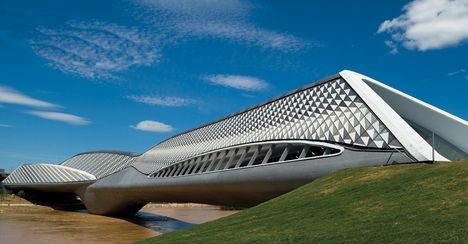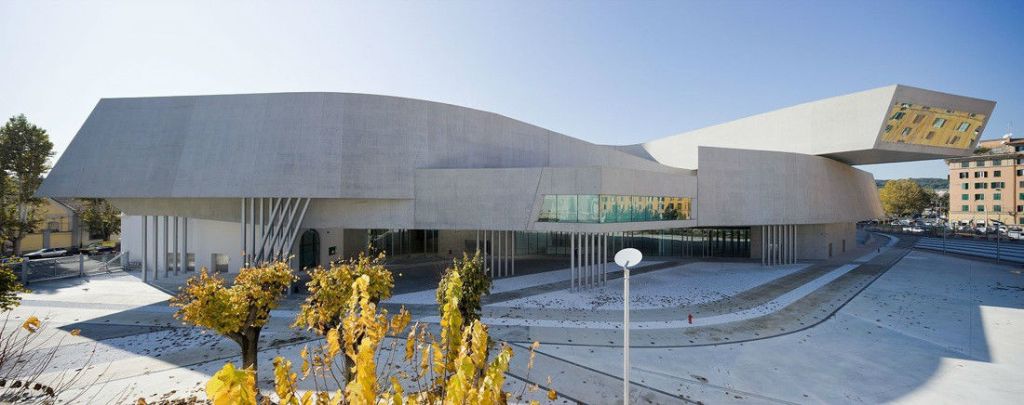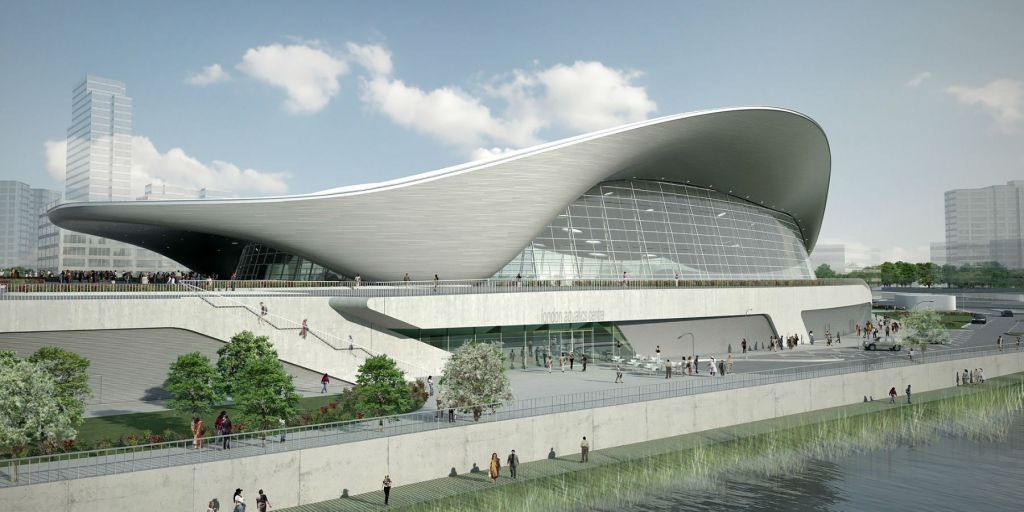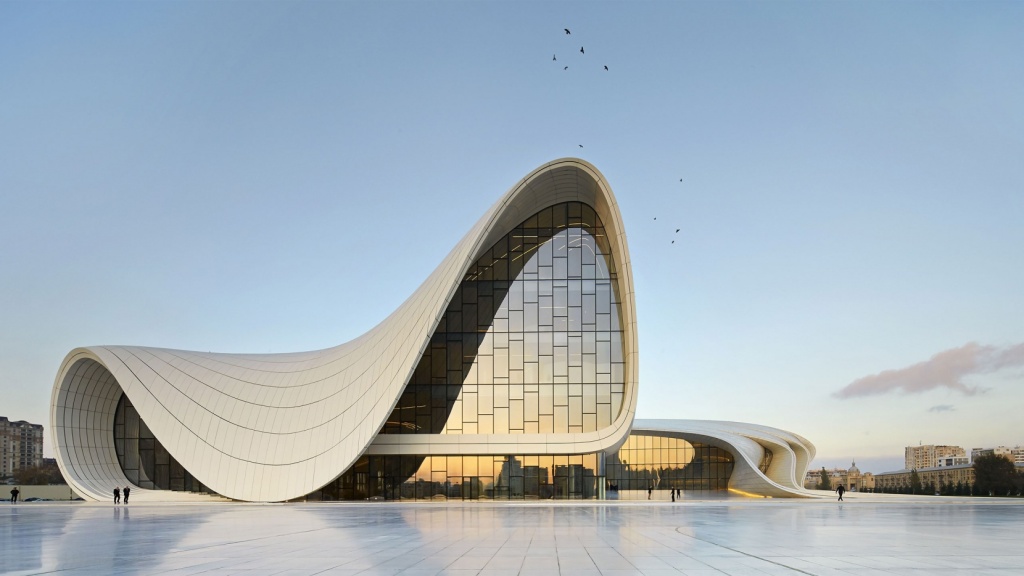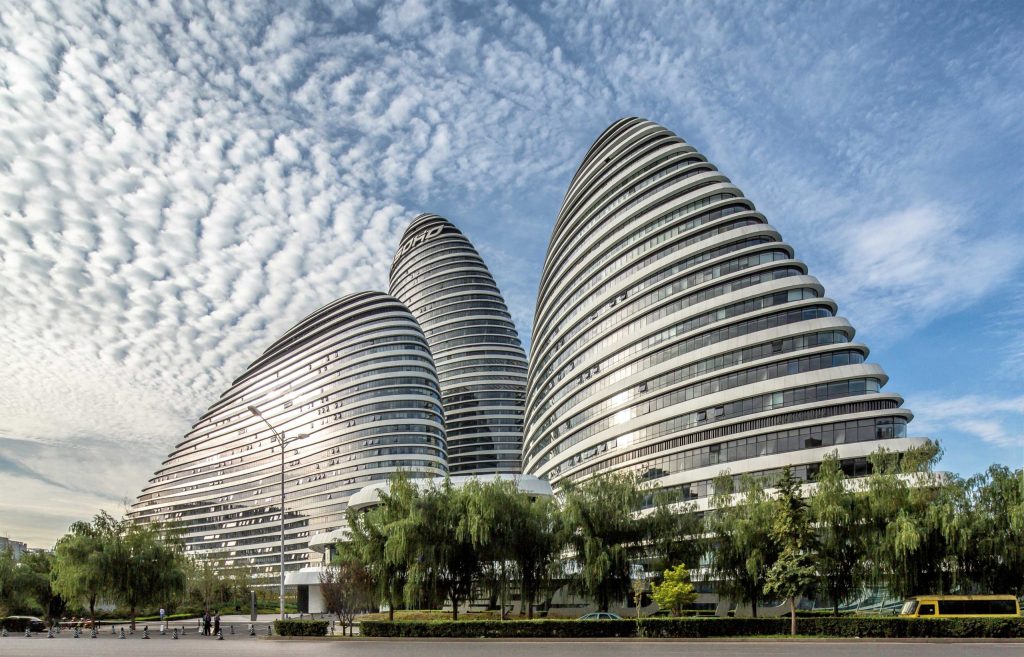Zaha Hadid
British Iraqi Architect 1950-2016
My interest in the field of architecture surprised me when I was in the 1st year of my art school National College of Arts. During my foundation year classes, I remember starting my work with the seal and then using my drafting skills to complete my tasks with pride. I had no idea that I was falling in love with this discipline. Only if I had known about my interest earlier, I would have taken my steps in that direction instead of design.
Years after, I still enumerate in mind the designs I can work on for buildings that are not only a place for people to live, but a space that can be enjoyed to its fullest. Designs that are non conventional but the spirit inside remains culturally rich.
Growing up, I have always looked up to the work of Nayyar Ali Dada and Yasmeen Lari amongst some others, but I was taken by awe totally when I saw work of Zaha Hadid.
First, I was taken aback by the amazing work she has done, and then by her legacy as a person. I saw my feelings about designing spaces, coming alive by her words below:
Zaha Hadid, (born October 31, 1950, Baghdad, Iraq—died March 31, 2016, Miami, Florida, U.S.), Iraqi-born British architect known for her radical deconstructivist designs. In 2004 she became the first woman to be awarded the Pritzker Architecture Prize. ( source: https://www.britannica.com/biography/Zaha-Hadid)
Deconstructivism is a movement of 1980’s. It was then when manipulation of external surface created by non rectilinear shapes became popular. The idea was heavily influenced by the deconstructivist theories of the French philosopher Jacques Derrida. He said that architecture is nothing but one of many ways of communication.
The movement introduced designs which were unconventional and complex rather than designs with strict attention to functional concerns and conventional design elements such as right angles or grids.
The exhibition ‘Deconstructivist Architecture’held at the Museum of Modern Art in 1988 in Newyork, housed designs by eight iconic architects including Zaha Hadid. This exhibition holds a significant place in the history of architecture as it highlighted the new era of artistic constructs. (https://www.archdaily.com/868063/ad-classics-1988-deconstructivist-exhibition-johnson-wigley-new-york-museum-of-modern-art-moma)
Zaha Hadid was labelled as the Queen of curves. Her work consisted of innovative use of shapes, skewed perspectives and unusual geonatric forms.
Paper Architecture- a journey
Zara Hadid with her contemporary design style is known to have done paper architecture for several years. Paper architects are referred to those who work on their furturistic, fantasy projects, that are never meant to be built. This impression of Zaha was heightened when her beautifully rendered designs—often in the form of exquisitely detailed coloured paintings—were exhibited as works of art in major museums. Hadid solidified her reputation as an architect of built works in 2000, when work began on her design for a new Lois & Richard Rosenthal Center for Contemporary Art in Cincinnati, Ohio. (https://www.britannica.com/biography/Zaha-Hadid)
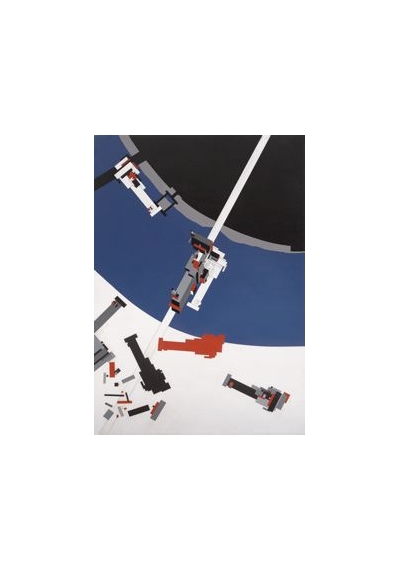
Horizontal Tektonik ( 1977) 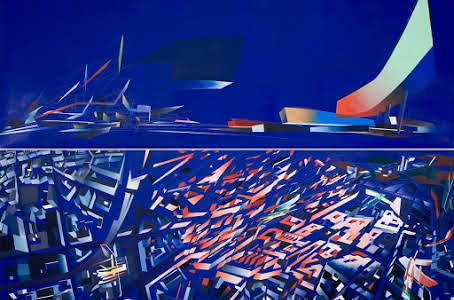
Victoria City ( 1988) 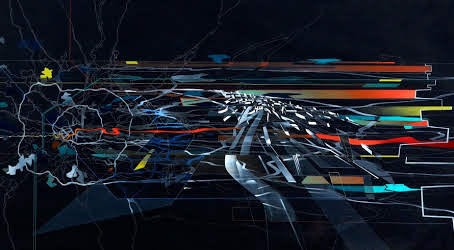
London 2066 ( 1991)
I find her quote very inspirational for all those designers who have embarked on their journeys and for those who will.
Most Famous Projects
Rosenthal Center for Contemporary Art– Cincinnati,USA
This contemporary art centre provdies space for temporary art exhibitions, installations and performances. https://www.zaha-hadid.com/architecture/lois-richard-rosenthal-center-for-contemporary-art/.
BMW Central Building in Leipzig, Germany
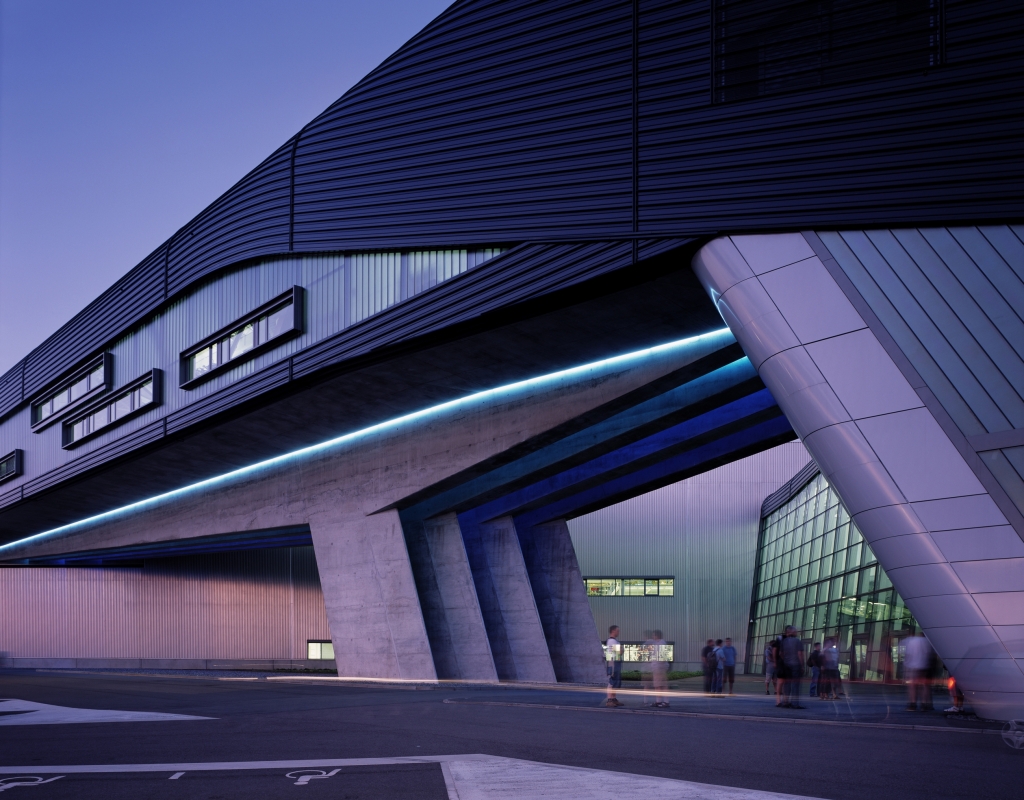
BMW11
The BMW Central Building Located in Leipzig, Germany was the winning design submitted for competition by Pritzker Prize winning architect, Zaha Hadid. (https://en.wikipedia.org/wiki/BMW_Central_Building)
Phaeno Science Center in Wolfsburg, Germany
The Phæno Science Center is an interactive science center in Wolfsburg, Germany, completed in 2005.For more images https://www.zaha-hadid.com/architecture/phaeno-science-centre/
Bridge Pavilion in Zaragoza, Spain
The Bridge Pavilion was constructed for the Expo 2008 in Zaragoza as one of its main landmarks. https://www.zaha-hadid.com/design/zaragoza-bridge-pavilion/
MAXXI, the National Center for Contemporary Arts, Rome
MAXXI is a national museum of contemporary art and architecture in the Flaminio neighborhood of Rome, Italy. It is one of Hadid’s most praised works, and it won the Stirling Award in 2010.https://www.zaha-hadid.com/architecture/maxxi/
London Aquatics Centre, London
The London Aquatics Centre is an indoor facility with two 50-metre swimming pools and a 25-metre diving pool in Queen Elizabeth Olympic Park in Stratford, London. https://www.zaha-hadid.com/architecture/london-aquatics-centre/
Heydar Aliyev Cultural Center– Baku, Azerbaijan,
Completed in May 2012, the Heydar Aliyev Cultural Center in Baku, Azerbaijan, serves as a library, museum, and a conference centre.https://en.wikipedia.org/wiki/Heydar_Aliyev_Center#:~:text=The%20Heydar%20Aliyev%20Center%20is,style%20that%20eschews%20sharp%20angles.
Broad Art Museum -Michigan State University
She finished the Broad Art Museum at Michigan State University in 2012. The angular facade is made of pleated stainless steel and glass. https://www.zaha-hadid.com/architecture/eli-edythe-broad-art-museum/
Wangjing SoHo– Beijing
Wangjing SOHO is a complex of three curvilinear asymmetric skyscrapers in Wangjing in Beijing, China, between central Beijing and Beijing Capital International Airport. According to Zaha Hadid, the project’s architect, it is a “welcome and farewell to Beijing”. The towers contain both office and retail space. https://www.zaha-hadid.com/architecture/wangjing-soho/
Farewell
The world bid farewell to the magnificient talent in the year 2016. Apart from the work that she gave it to us, I am totally inspired by her motivation and drive as a woman who never discriminated work with gender.
Tribute


